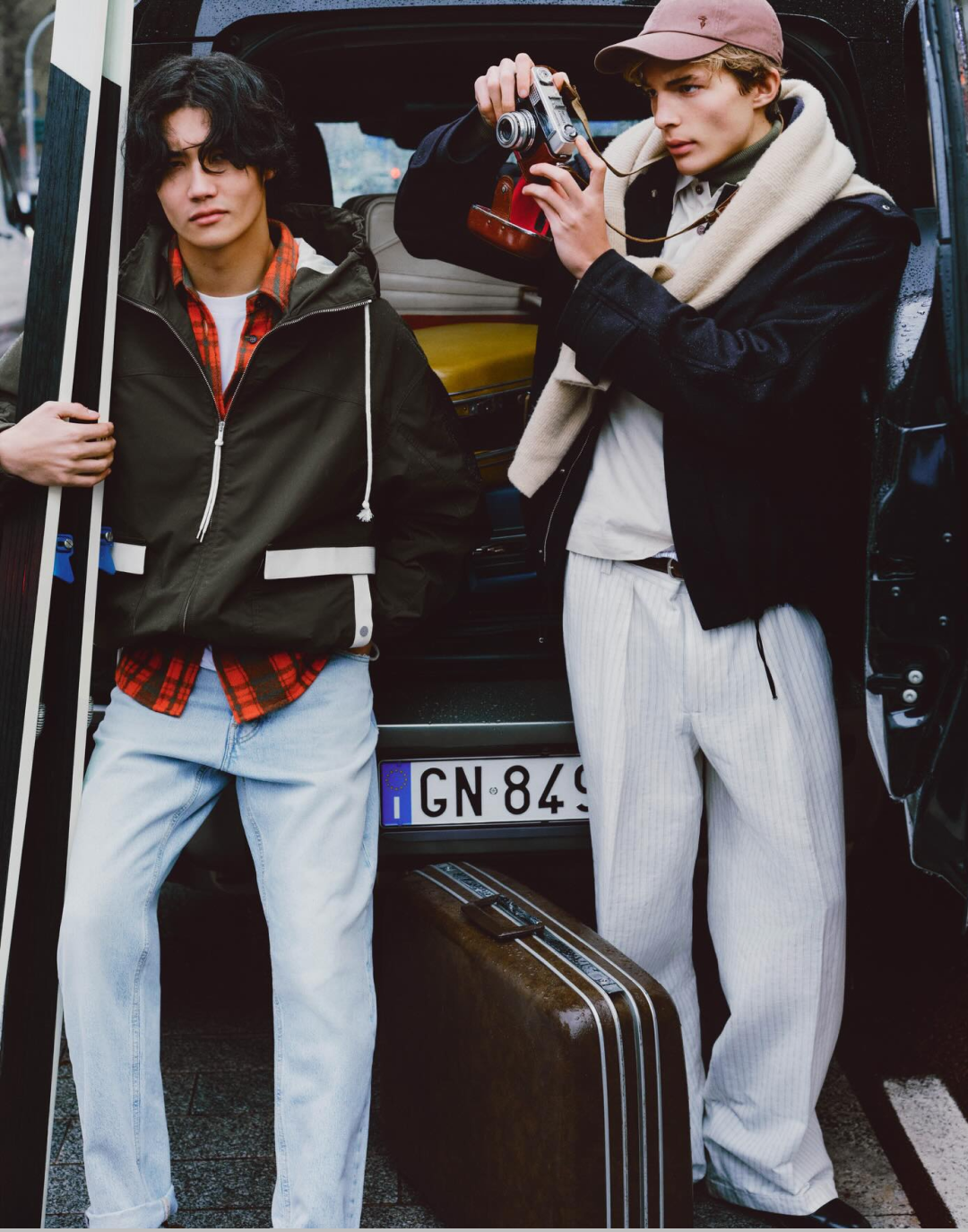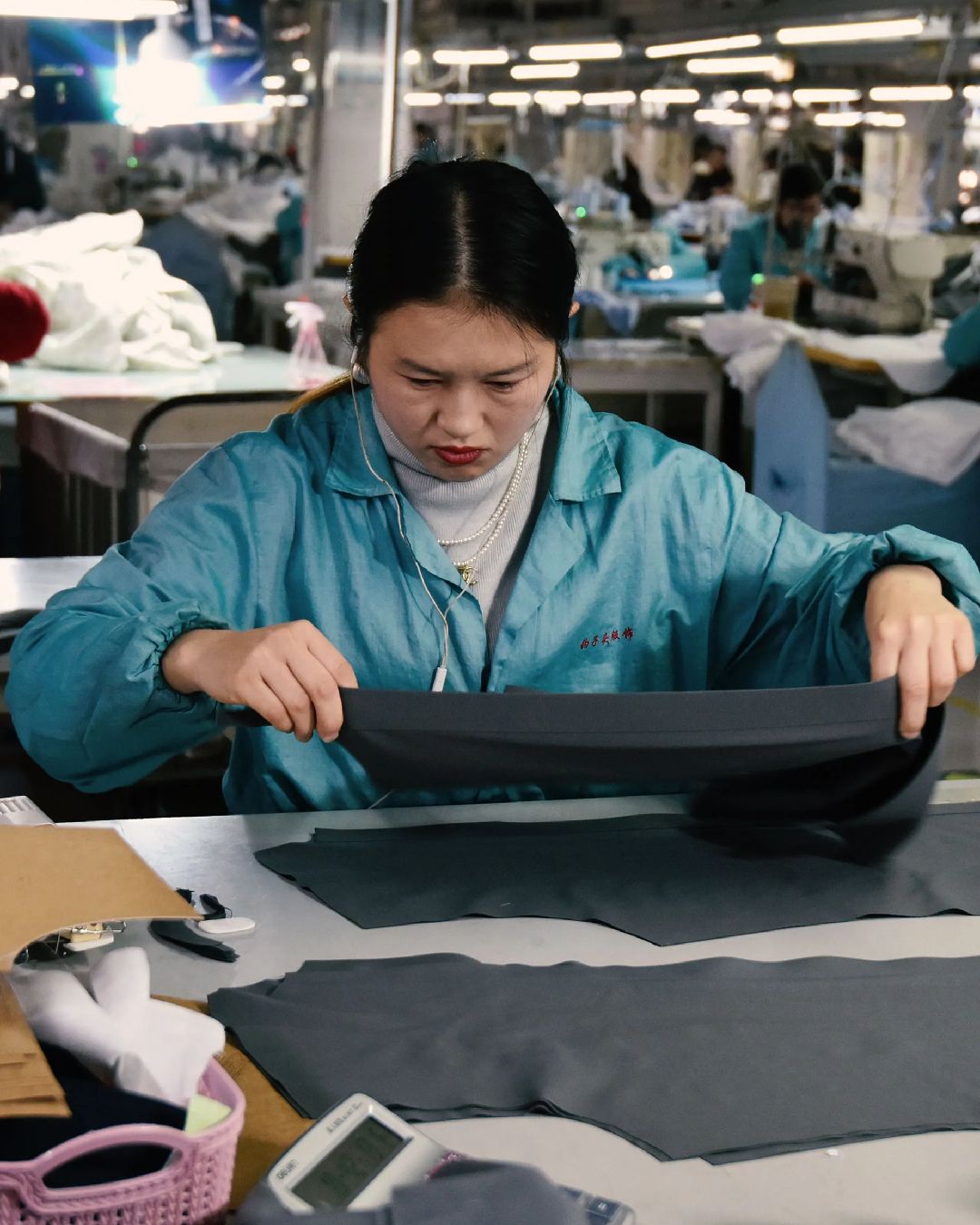
Gucci relaunches a Tuscan manufacture on the brink of closure It will also be thanks to the Kering brand that Casentino cloth will continue to be produced
This summer, the world of Made in Italy had welcomed worrying news about the future of one of its historic factories, the Manifattura del Casentino in Soci di Bibbiena, the sole producer of Casentino cloth, which was in danger of closing due to bureaucratic problems, leaving one hundred employees without work. Which would have been tragic both because the company is the last to produce this particular fabric along with two other factories that instead made clothes from it for numerous brands; and because there was actually no shortage of orders and orders-especially from prominent clients such as King Charles III, who last September had requested a coat in that fabric, shifting the press spotlight on the struggling company. Then a lifeline had arrived with the takeover of the woolen mill by one of its longtime customers, Maurizio Bellandi, another textile entrepreneur, and a few days ago local newspapers reported an order of 600 pieces from Gucci, which used the Tuscan fabric to produce a new accessories collection in the color British green. And orders are increasing with orders for about thirty kilometers of fabric to be delivered within the year.
The history of the production of Casentino cloth is that of one of the oldest handicrafts in Italy, with commercial documents testifying to its production as far back as the 14th century - a period when it was already famous for its fluffy texture due to the woolen curls obtained through a type of combing of the fibers known as "rattling." Casentino cloth has been used for centuries for coats and outerwear precisely because this technique makes the fabric warmer and, above all, waterproof. After the fabric was used in the Renaissance for the cassocks of the monks of La Verna and Camaldoli, the cloth became popular among Italian and English nobles and then took on its traditional form (with the two classic colors of orange and green) in the nineteenth century, when the famous double-breasted coats began to be produced.














































